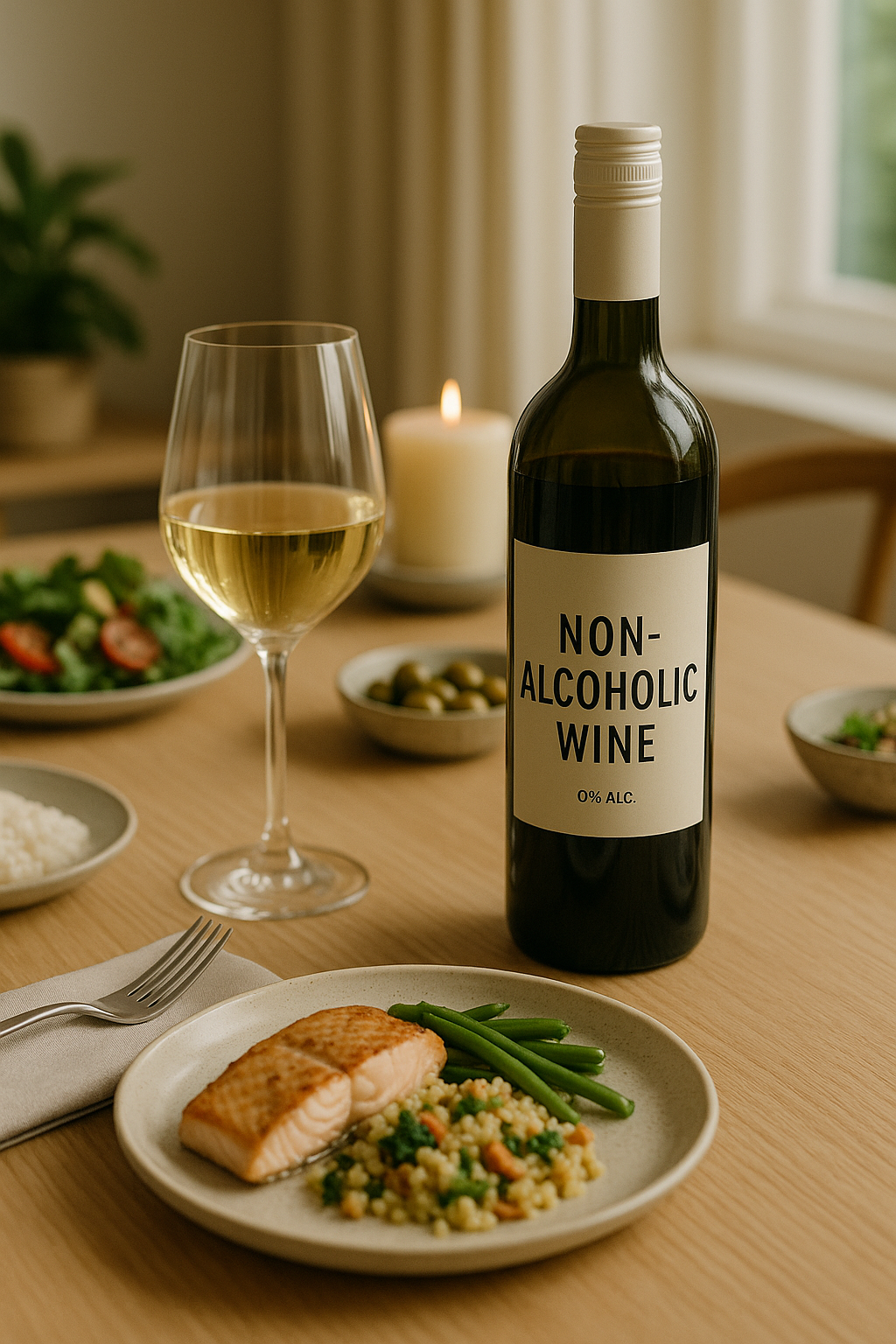
Kelly Ann Woods | WBN News – Sea To Sky | June 25, 2025
As global consumers shift toward wellness and moderation, the wine world is responding with a new wave of innovation: non-alcoholic and low-alcohol wines that prioritize craft without compromise. Once dismissed as uninspired or overly sweet, these wines are now sophisticated, expressive, and strategically poised for growth.
Non-alcoholic wine is not just grape juice. Quality producers begin with traditionally fermented wines that undergo dealcoholization using advanced methods like spinning cone columns, vacuum distillation, or reverse osmosis. These technologies are expensive and labor-intensive, which is why non-alc wines often match their alcoholic counterparts in price. What you're paying for is not just the wine, but the precision—and the preservation of aroma, texture, and typicity.
Brands leading the charge include Oddbird (Sweden) and Noughty (UK), which use thoughtful aging, carefully selected grape varieties, and elegant bottling to present wines that feel serious. Leitz Eins-Zwei-Zero (Germany), Surely (California), and Giesen 0% (New Zealand) are carving space on global wine lists, offering pairing-worthy bottles that uphold terroir, structure, and balance—without the alcohol. These labels aren’t just meeting demand, they’re elevating expectations.
This momentum is supported by market data. According to IWSR, the no/low-alcohol wine category is projected to grow 31% globally by 2025. Millennials and Gen Z are steering this growth, favoring transparency, sustainability, and options that align with mental clarity and physical health. For them, wine is part of a lifestyle. Not an indulgence.
Low-alcohol wines are part of the same conversation. Traditionally low-ABV regions like Spain’s Txakoli, Portugal’s Vinho Verde, and Germany’s Mosel (home of Kabinett Rieslings) have long produced high-acid, food-friendly wines under 10% ABV. Now, winemakers in warmer climates are rethinking canopy management, irrigation, and harvest timing to naturally reduce sugar levels and lower potential alcohol, all while preserving ripeness and complexity.
This is not about stripping out tradition—it’s about refining relevance. For the modern wine drinker, flavor, authenticity, and intention matter more than ever. Non-alcoholic and low-alc wines offer all three. The future of wine might be lighter in alcohol, but it’s no less bold in vision.
Kelly Ann Woods – WBN Contributor & Certified Sommelier
LinkedIn For inquiries or syndication, contact [kellyannwoods@gmail.com]
Editor: Karalee Greer Subscription to WBN and being a Contributor is Free.
TAGS: #WBN News Sea To Sky #Non Alcoholic Wine #Wine Innovation #Mindful Drinking #Global Wine Trends #Kelly Ann Woods #Sustainable Wine




